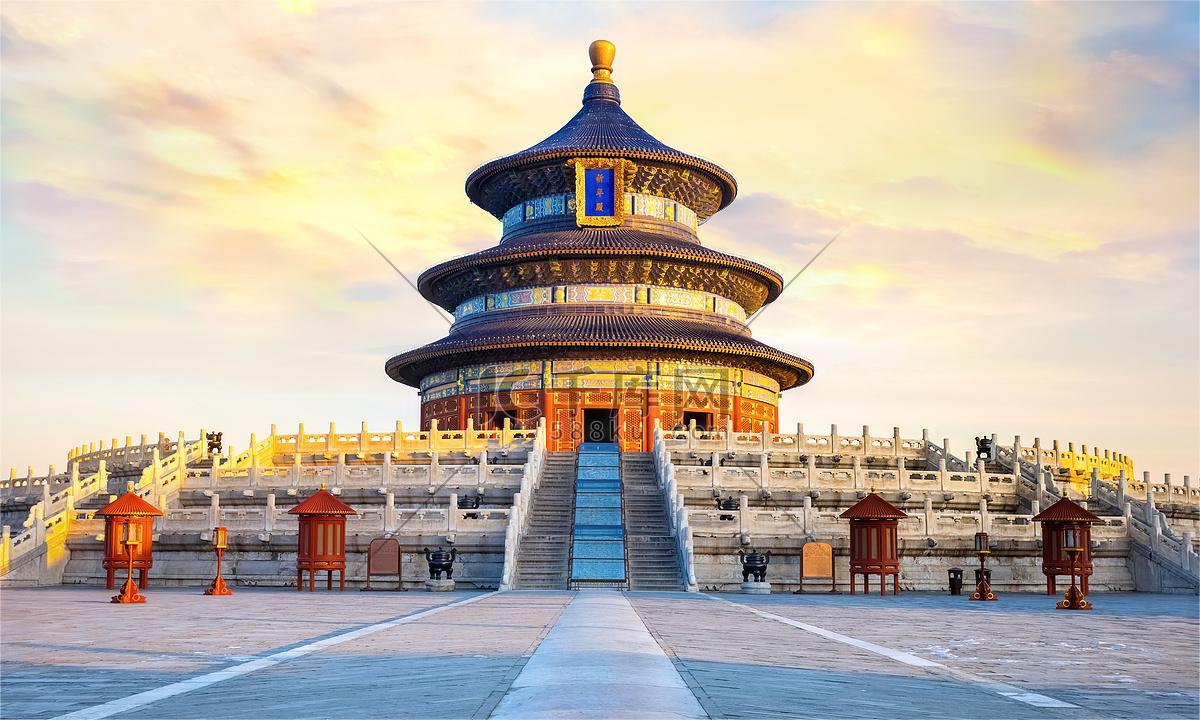The Temple of Heaven is an iconic complex of imperial religious buildings located in the southeastern part of central Beijing. It was constructed from 1406 to 1420 during the reign of the Yongle Emperor of the Ming Dynasty, who also commissioned the Forbidden City. The Temple of Heaven served as the ceremonial space where emperors of the Ming and Qing dynasties offered sacrifices to the "God of Heaven" and prayed for good harvests.

The Temple of Heaven was originally built as the Temple of Heaven and Earth in 1420. In 1530, during the reign of Emperor Jiajing, it was renamed the Temple of Heaven and separated from the Temple of Earth. The complex underwent significant renovations during the reigns of Emperor Jiajing and Emperor Qianlong, resulting in the current layout. The Temple of Heaven ceased to be an imperial worship site in 1912 and was opened to the public as a park in 1918.
The Temple of Heaven is a masterpiece of ancient Chinese architecture. It covers an area of 273 hectares and includes over 90 ancient buildings with 600 rooms. The complex is divided into an inner and outer altar, with the main structures located in the inner altar. The Hall of Prayer for Good Harvests, the most iconic building, is a triple-roofed structure made entirely of wood, supported by 28 wooden pillars. The Circular Mound Altar, used for the winter solstice ceremony, is a large round marble terrace.
The Temple of Heaven embodies ancient Chinese cosmological beliefs, with its layout symbolizing the connection between heaven and earth. The emperors, as the "Sons of Heaven," performed rituals here to ensure harmony between the celestial and earthly realms. The complex's design and ceremonies had a profound influence on architecture and planning in the Far East over many centuries.
In 1998, the Temple of Heaven was inscribed as a UNESCO World Heritage site, recognized for its architectural and cultural significance. Today, it stands as a symbol of China's rich cultural heritage and is a popular destination for both tourists and locals.
The Temple of Heaven is not just a historical site but a living testament to China's ancient civilization, offering visitors a glimpse into the rituals and beliefs that shaped the nation's history.


